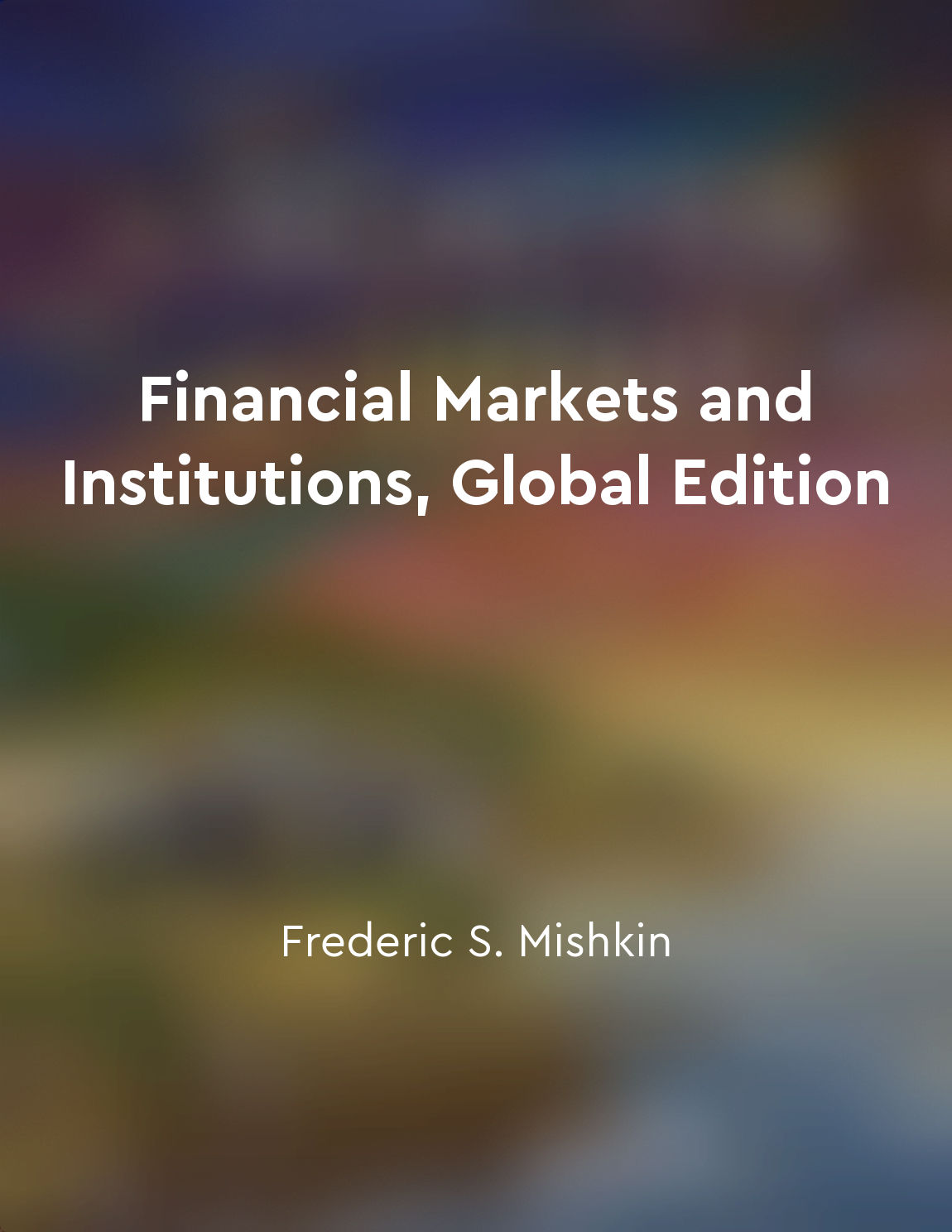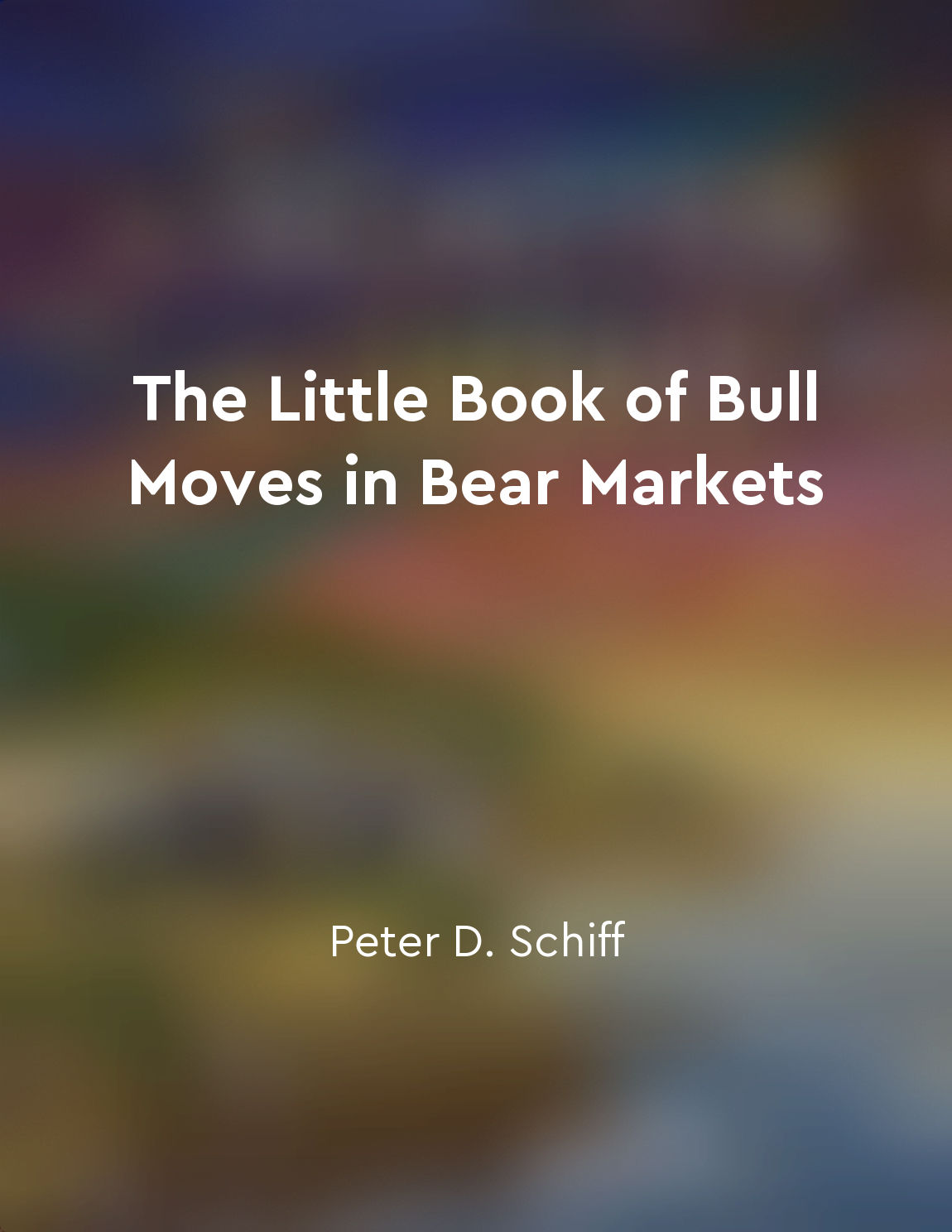Variations in the money supply can lead to booms and busts in the economy from "summary" of A Monetary History of the United States, 1867-1960 by Milton Friedman,Anna Jacobson Schwartz
The relationship between the money supply and economic booms and busts is a crucial aspect of understanding the fluctuations in the economy. Changes in the money supply can have significant effects on economic activity, leading to periods of expansion and contraction. When the money supply increases, it can fuel economic growth by providing consumers and businesses with more funds to spend and invest. This increased spending can lead to higher levels of production, job creation, and overall economic prosperity. Conversely, a decrease in the money supply can have the opposite effect, causing a contraction in economic activity. When there is less money available for spending and investment, consumers and businesses may cut back on their purchases and projects, leading to a slowdown in production, job losses, and a decline in overall economic performance. These fluctuations in economic activity can result in booms and busts, as periods of rapid expansion are often followed by periods of contr...Similar Posts

Private charity is more effective than government welfare
The idea that private charity is more effective than government welfare is a contentious one. Proponents of government welfare ...
Debt restructuring promotes economic stability
Debt restructuring is a crucial tool in promoting economic stability. When households and businesses are burdened with high lev...
Financial markets driven by speculation
In today's financial markets, speculation plays a dominant role. Traders and investors are constantly trying to predict the fut...

Cybersecurity measures protect against threats to financial infrastructure
Cybersecurity measures are essential in safeguarding financial infrastructure from various threats. As technology advances, the...
Government must step in during crises
During times of crises, the private sector is unable to effectively allocate resources and generate sufficient demand to mainta...
Financial intermediation facilitates efficient allocation of capital
Financial intermediation plays a crucial role in the economy by connecting savers and borrowers. When individuals have excess f...

Dollarcost averaging can smooth out market volatility
Dollar-cost averaging is a technique that can help investors navigate the choppy waters of the stock market. By consistently in...

Bitcoin offers a superior monetary system
Bitcoin's superiority as a monetary system lies in its fundamental characteristics. One of the key advantages of Bitcoin is its...
Inflation and deflation can disrupt the economy and erode purchasing power
Inflation and deflation are two phenomena that can have significant impacts on the economy and the purchasing power of individu...
